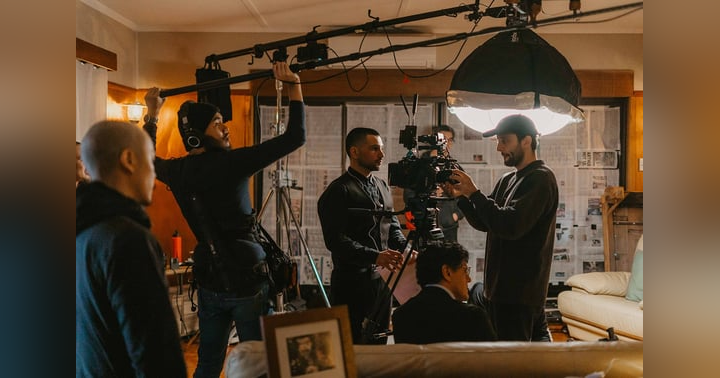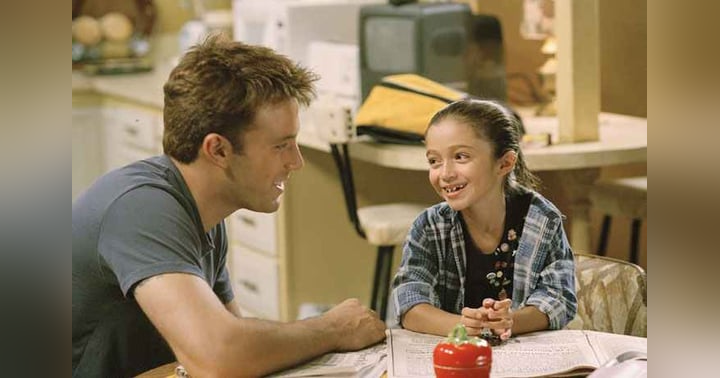The Birth of a Universe: How Iron Man (2008) Changed Cinema Forever

When Iron Man hit theaters in 2008, few could have predicted that it would launch what is now the most successful film franchise in history. What many fans still don’t realize is how much of a gamble this film was for Marvel Studios. In a desperate bid to take control of their cinematic future, Marvel took out a $525 million loan from Merrill Lynch—putting the rights to characters like Thor, Captain America, and Hulk up as collateral. This move risked everything Marvel had left.
Had Iron Man failed at the box office, Marvel wouldn’t just be facing a flop—they would have lost control of their most iconic characters, effectively killing any chance of building what we now know as the Marvel Cinematic Universe (MCU). It was a defining moment in modern Hollywood, and it changed how studios approach franchise filmmaking and intellectual property strategy forever. All points discussed can be found on the Fandom Portals Podcast here: Iron Man (2008) - Forging the MCU: How Iron Man Reinvented Robert Downey Jr, Marvel, and Cinema
Casting the Comeback King
The casting of Robert Downey Jr. was its own high-stakes risk. At the time, Downey was known less for his acting chops and more for his substance abuse and legal troubles, which had made him a cautionary tale in the industry. Many studios wouldn't touch him. Marvel executives were hesitant, fearing he would be a liability. But director Jon Favreau pushed hard, insisting that Downey’s personal redemption mirrored Tony Stark’s arc, making him the only actor who could bring such depth and authenticity to the role.
“The best and worst moments of Robert’s life have been on display in the public eye,” Favreau said.
“That’s literally Tony Stark.”
Downey’s casting wasn’t just about acting—it was about iconic character alignment. His public and personal journey brought a rawness to Tony Stark that was deeply relatable to audiences, especially those who had struggled with their own transformations. This performance ultimately redefined how superhero characters could be portrayed—with vulnerability, humor, and emotional complexity. It’s no exaggeration to say this casting decision laid the foundation for the MCU’s success.

A Superhero Story Grounded in Reality
What set Iron Man apart from its predecessors was its commitment to realism and character development. Unlike many superhero films that leaned heavily on fantasy, Iron Man took a grounded approach. The U.S. military provided unprecedented access to Edwards Air Force Base, F-22 Raptors, and Department of Defense consultants. This gave the film a level of authenticity rarely seen in comic book movies.
Tony Stark’s journey wasn’t about becoming a god or a mutant—it was about a man confronting the moral consequences of his inventions. The film engaged real-world themes like arms dealing, terrorism, and corporate ethics, placing Stark’s transformation in a recognizable, politically relevant setting. This realism allowed broader audiences—including those outside traditional comic book fandom—to take the story seriously. It marked a new era in superhero origin stories, blending spectacle with sophisticated storytelling.

The Moment That Changed Everything
It’s easy to forget now, but shared cinematic universes were unheard of before Iron Man. That changed with a brief but pivotal post-credits scene, where Samuel L. Jackson’s Nick Fury entered Tony Stark’s life and uttered one line that would alter the landscape of blockbuster cinema:
“I’m here to talk to you about the Avengers Initiative.”
This one-minute scene did more than tease a sequel—it introduced the idea of a cohesive cinematic universe, where stories and characters would overlap in future films. It was a revolutionary concept that broke with Hollywood’s traditional model of standalone films and loosely connected trilogies.
The post-credits tease redefined franchise strategy, signaling a future where fans were rewarded for paying close attention and following long-form narratives. Today, studios from DC to Universal have attempted to replicate this model, but it all began with Iron Man. This scene planted the seed that would grow into the Marvel Cinematic Universe, and it remains a blueprint for modern franchise-building.

Improvisation and Innovation on Set
Behind the scenes, Iron Man was a surprisingly unstructured production for a movie of its scale. Actor Jeff Bridges described it as "a $200 million student film," citing the lack of a finished script. Much of the film’s dialogue was improvised, with Robert Downey Jr. frequently rewriting and riffing on his lines during takes.
This spontaneity forced co-stars like Gwyneth Paltrow and Terrence Howard to adapt quickly, leading to organic, emotionally authentic exchanges. Paltrow, who portrayed Pepper Potts, sometimes struggled to keep up but ultimately delivered a performance filled with intelligence, warmth, and strength—qualities that helped make Pepper a fan-favorite.
The looseness of the production became its strength. It allowed the actors to discover character moments in real time, helping to define the MCU’s tone of grounded humor and interpersonal chemistry. This creative freedom helped humanize Tony Stark and made the film feel less like a corporate product and more like a personal journey.

Visual Effects with a Human Touch
One of the most iconic technical innovations in Iron Man was the heads-up display (HUD) inside Tony Stark’s helmet. Drawing inspiration from 2001: A Space Odyssey and even the minimalist design of the Apple iPod, the HUD let audiences see Tony’s facial expressions and emotional reactions while he was suited up.
In previous superhero films, the mask often created a barrier between the character and the audience. Iron Man shattered that convention by designing a visual effects system that preserved the actor’s performance. This choice helped the film achieve something rare in the superhero genre: emotional continuity even during high-stakes action sequences.
The visual effects weren’t just flashy—they served the story. They made Iron Man feel real and functional, grounding the spectacle in technological plausibility. This set a new industry standard, influencing superhero VFX design for the next decade. Iron Man showed that high-tech visuals and human emotion didn’t have to be mutually exclusive.

Redefining What Superheroes Could Be
Iron Man proved that superhero films didn’t have to be mindless spectacle. It offered a story of personal growth, redemption, and responsibility, themes that resonated with audiences of all ages. Tony Stark wasn’t born a hero—he became one by facing his past and choosing to change.
This focus on character-driven storytelling became a hallmark of the MCU. By grounding its heroes in human flaws and real-world issues, Marvel redefined what the genre could accomplish. Suddenly, superhero movies weren’t just action flicks—they were modern myths with emotional resonance.
Iron Man became the template for a new kind of blockbuster, where humor, pathos, and larger-than-life action could coexist. It raised expectations for what audiences could demand from superhero films, making room for stories with more depth, diversity, and heart.
Art Imitates Life
The parallels between Tony Stark and Robert Downey Jr. added an extra layer of authenticity to the film. Both men had public falls from grace, battled inner demons, and returned stronger through self-reflection and accountability. This meta-narrative wasn't lost on audiences, who connected with Stark’s redemption story in part because they were watching Downey’s own comeback.
When Downey improvised the final line:
“I am Iron Man.”
…it wasn’t just a bold character move—it was a defiant declaration of personal identity and triumph. That moment shattered superhero movie tradition, where secret identities were sacred. Instead, it introduced transparency and vulnerability as heroic traits.
This closing moment cemented Iron Man as both a narrative and cultural turning point. It wasn’t just the start of the MCU—it was the beginning of a new era for character-driven storytelling in genre cinema.
Legacy: A Cultural and Cinematic Milestone
Iron Man has since been inducted into the National Film Registry, solidifying its place as a film of cultural, historic, and aesthetic importance. Its influence stretches far beyond the MCU. It reshaped how studios approach intellectual property, cinematic universes, audience engagement, and even casting strategy.
The film launched a franchise that would gross over $30 billion worldwide, and its success proved that character-first storytelling combined with real-world stakes could redefine modern cinema. From its grounded realism and improvised charm to its innovative VFX and emotional depth, Iron Man laid the groundwork for a storytelling empire that continues to evolve.
In retrospect, Iron Man wasn’t just a great superhero film—it was a creative renaissance, a financial miracle, and the blueprint for 21st-century franchise filmmaking.









